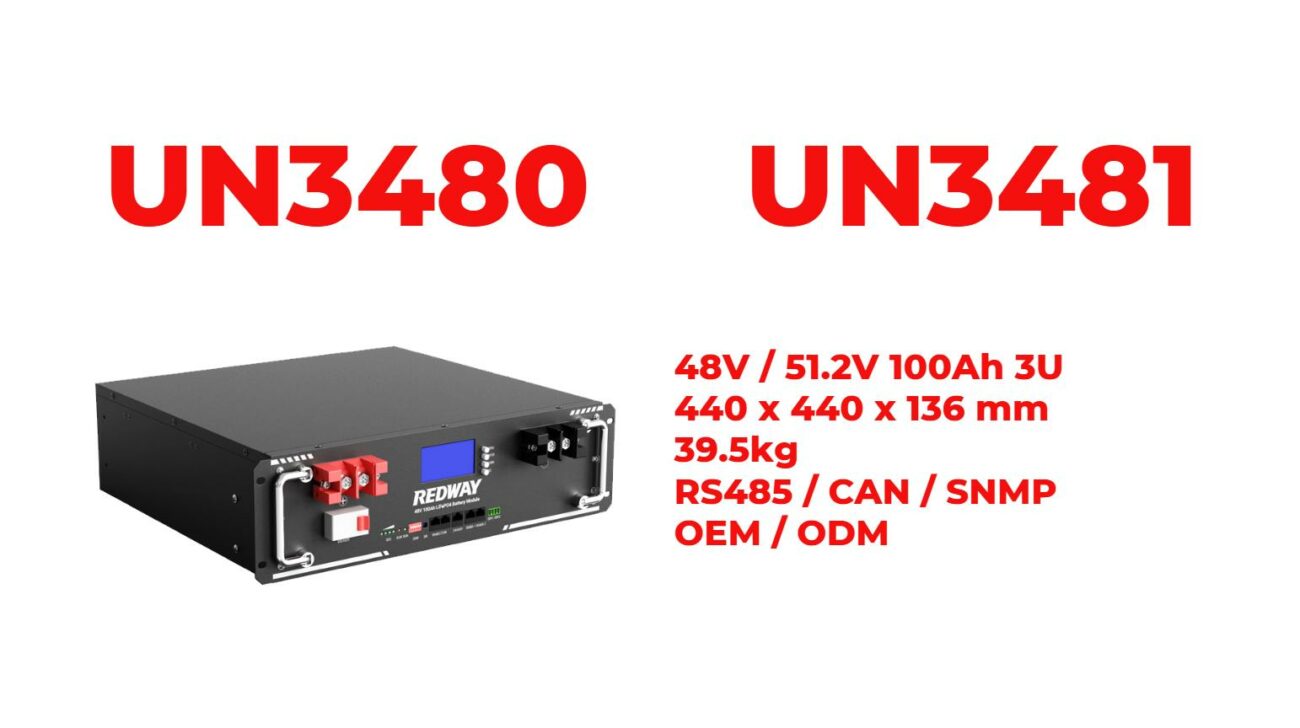Why Do LiFePO4 Batteries Get Hot During Operation?
LiFePO4 batteries can generate heat during operation due to electrochemical reactions, current flow, and external environmental conditions. While some heat generation is normal, excessive heating can lead to performance issues and safety risks. Proper thermal management is essential to maintain optimal battery performance.
Why Do LiFePO4 Batteries Generate Heat During Operation?
LiFePO4 batteries generate heat primarily due to internal resistance and electrochemical reactions occurring during charging and discharging. As current flows through the battery, resistive losses convert electrical energy into heat. This heat generation is influenced by factors such as discharge rates, ambient temperature, and battery age.
Chart: Heat Generation Sources in LiFePO4 Batteries
| Source of Heat | Description |
|---|---|
| Internal Resistance | Heat from resistive losses during current flow |
| Electrochemical Reactions | Heat generated from chemical processes during cycling |
| Ambient Temperature | External temperatures affecting overall battery temperature |
How Does Charging and Discharging Affect Heat Generation in LiFePO4 Batteries?
Charging and discharging cycles significantly impact heat generation. During charging, especially at high rates, batteries can produce substantial heat due to increased internal resistance. Discharging at high currents also raises temperatures due to similar resistive losses. It’s crucial to monitor these processes to prevent overheating.
Chart: Temperature Changes During Charging and Discharging
| Process | Current Rate | Temperature Rise |
|---|---|---|
| Charging | Low | Minimal |
| Charging | High | Significant |
| Discharging | Low | Moderate |
| Discharging | High | High |
What Factors Influence the Heat Generation Rate in LiFePO4 Batteries?
Several factors influence heat generation rates in LiFePO4 batteries:
- Discharge Current: Higher currents lead to increased heat due to greater resistive losses.
- Ambient Temperature: Elevated ambient temperatures can exacerbate heat generation.
- Battery Age: Aging batteries may have increased internal resistance, contributing to higher heat production.
How Do Ambient Temperatures Impact LiFePO4 Battery Performance?
Ambient temperatures play a critical role in battery performance. Operating outside the recommended temperature range (typically -20°C to 60°C) can lead to inefficient chemical reactions, increased self-discharge rates, and accelerated aging. High temperatures can cause thermal runaway, while low temperatures can reduce capacity significantly.
What Are the Best Practices for Thermal Management in Battery Systems?
Effective thermal management strategies include:
- Cooling Systems: Implementing active or passive cooling systems to dissipate excess heat.
- Temperature Monitoring: Using sensors to continuously monitor battery temperatures during operation.
- Insulation: Providing adequate insulation to maintain optimal operating conditions.
How Do Electrochemical Reactions Contribute to Heat Generation?
Electrochemical reactions are fundamental to battery operation and are significant contributors to heat generation. During charging and discharging, these reactions release energy that manifests as heat. The efficiency of these reactions can vary with temperature, impacting overall battery performance.
Industrial News
Recent developments highlight advancements in thermal management systems for LiFePO4 batteries. Researchers are focusing on innovative cooling techniques that utilize phase change materials and liquid cooling systems to enhance battery efficiency and safety. These technologies aim to maintain optimal operating temperatures even under high-power conditions, thereby extending battery life and improving performance.
Expert Views
“Understanding the thermal dynamics of LiFePO4 batteries is crucial for their safe operation,” states Dr. Emily Chen, a leading researcher in battery technology. “By implementing effective thermal management strategies, we can significantly mitigate risks associated with overheating while maximizing performance.”In conclusion, while LiFePO4 batteries do generate heat during operation, understanding the underlying causes and implementing proper thermal management practices can help ensure their safe and efficient use across various applications.

